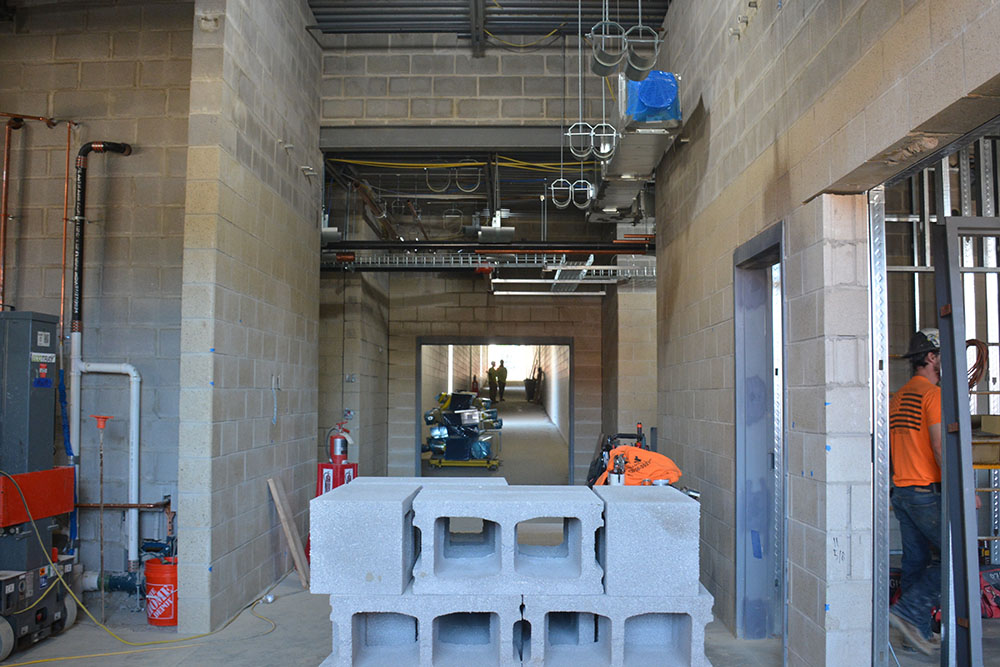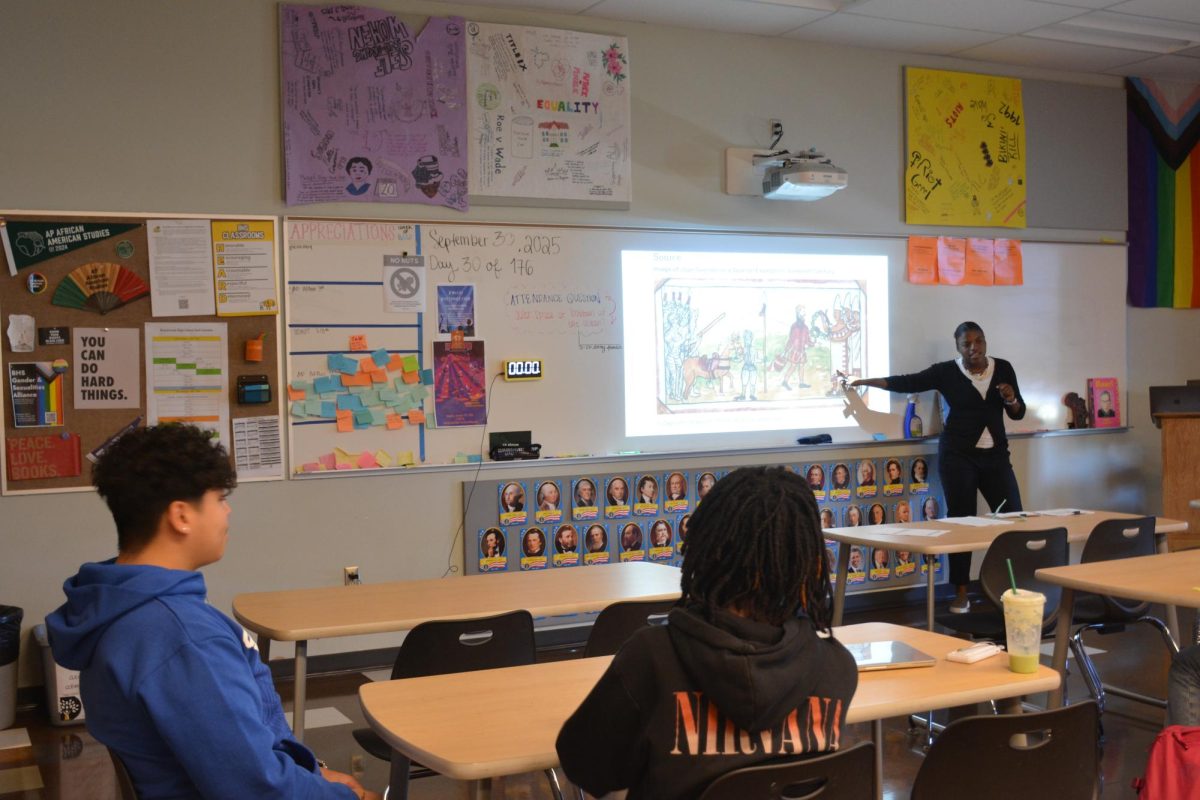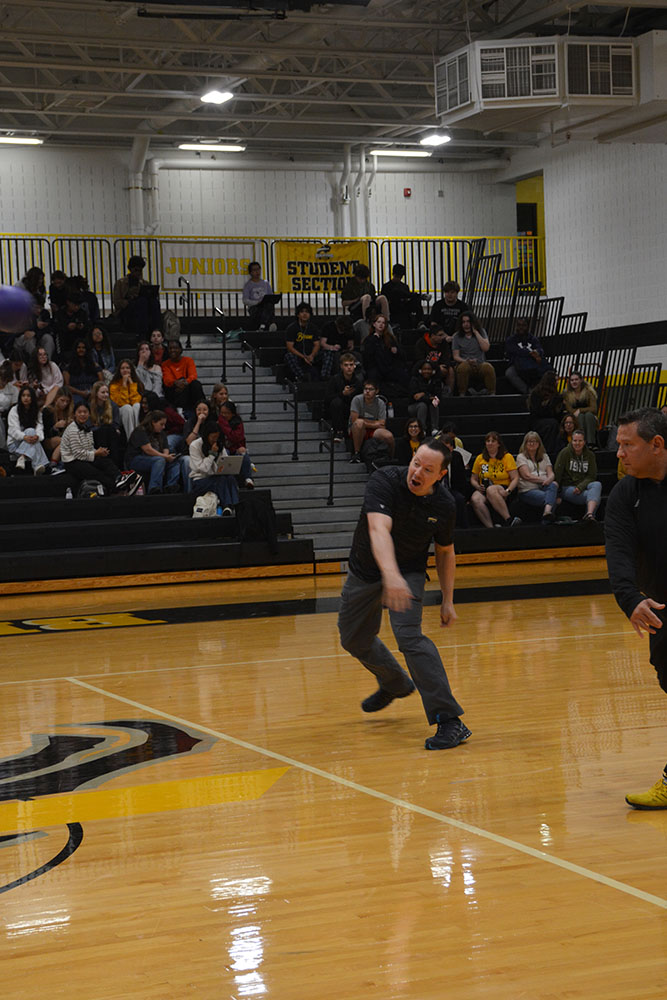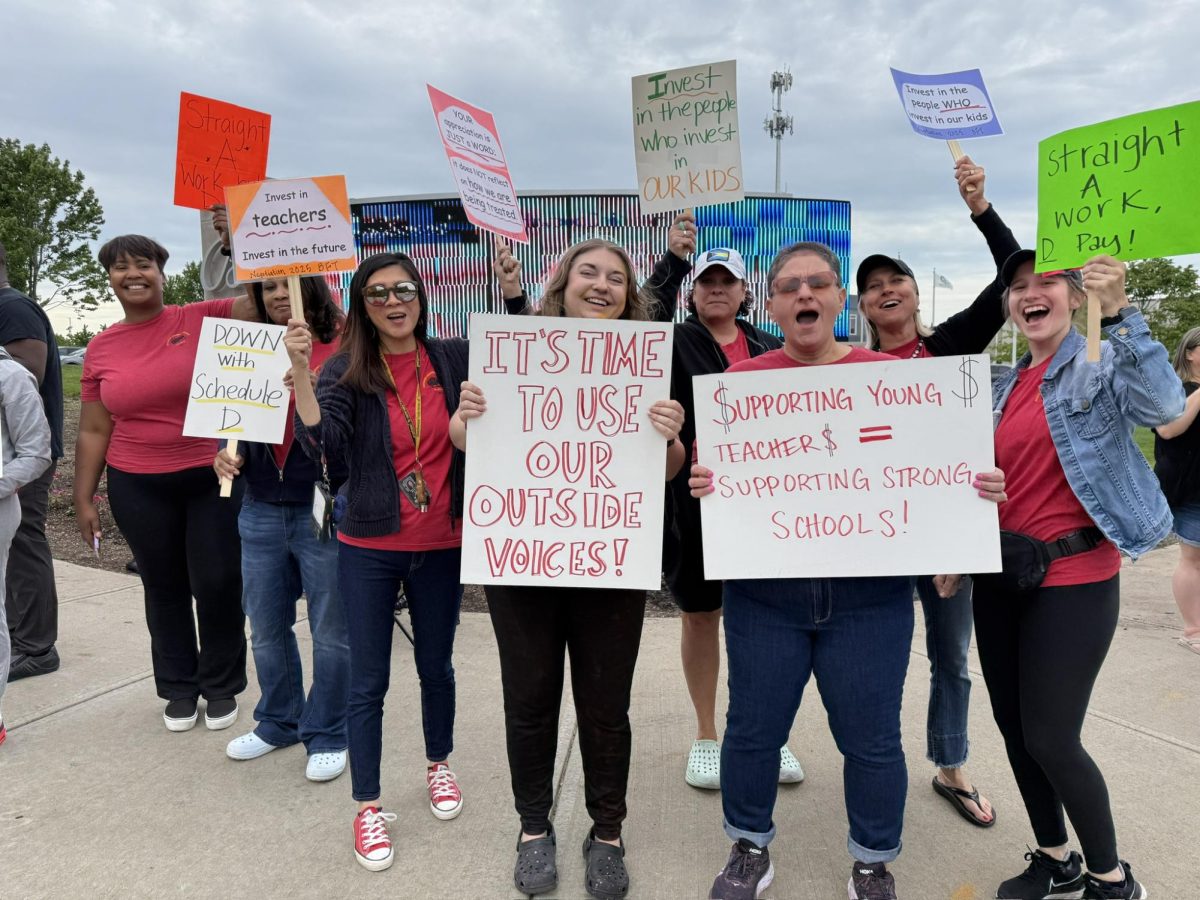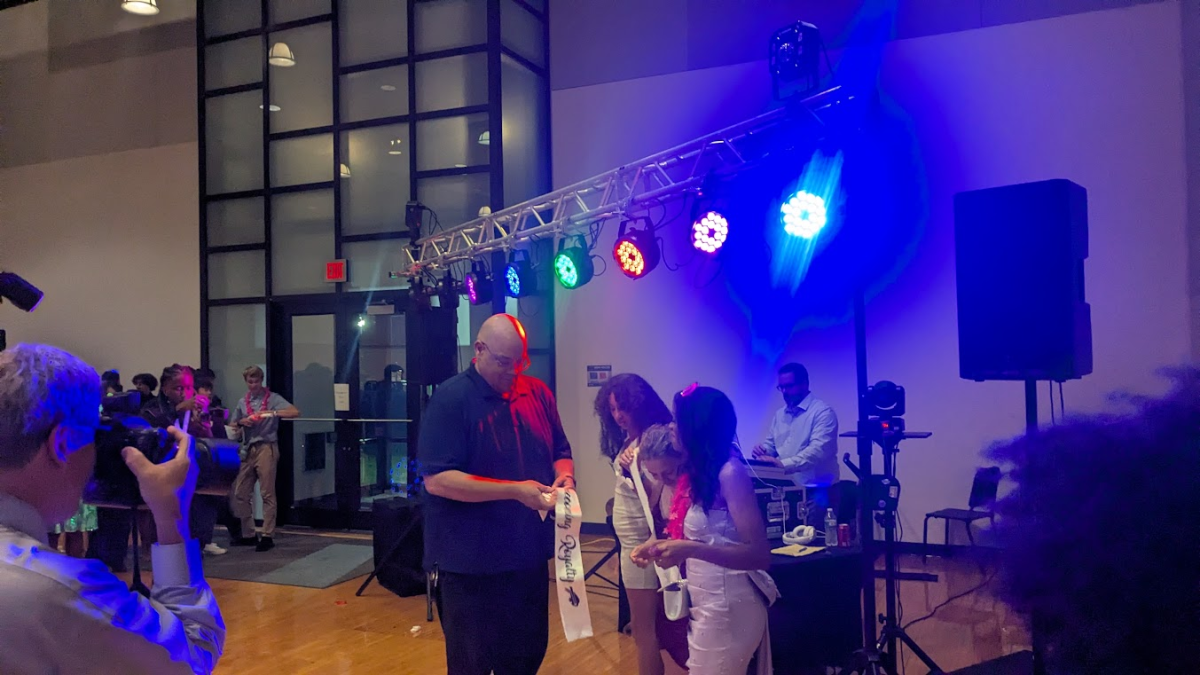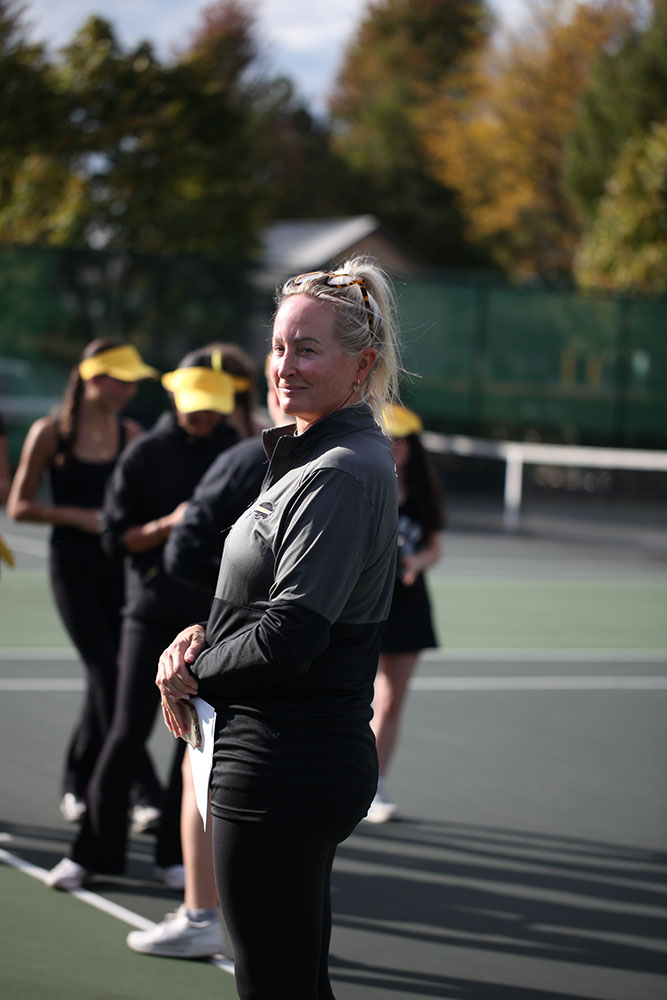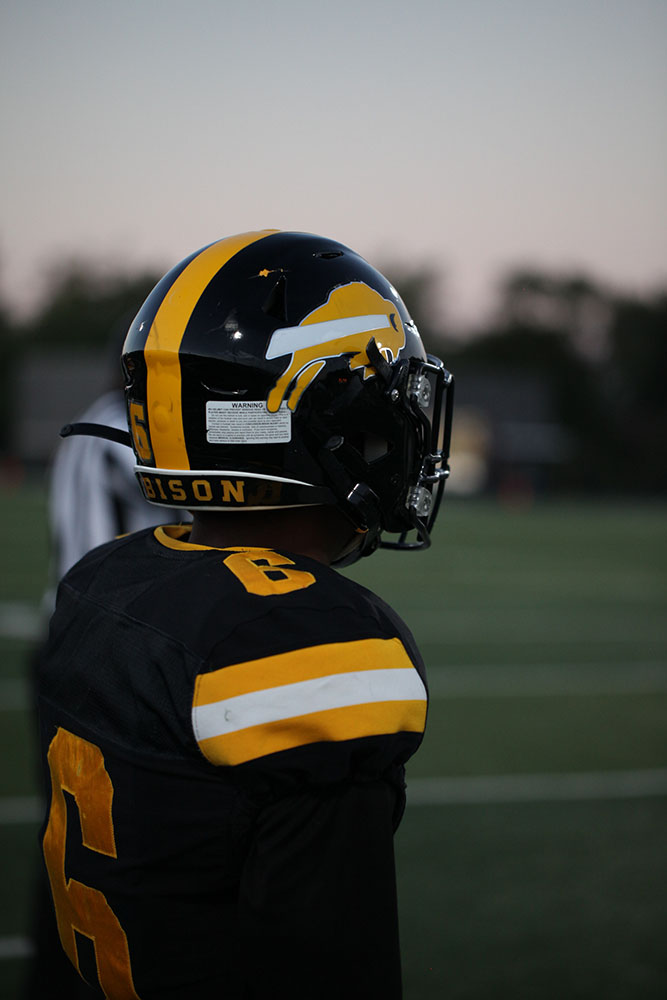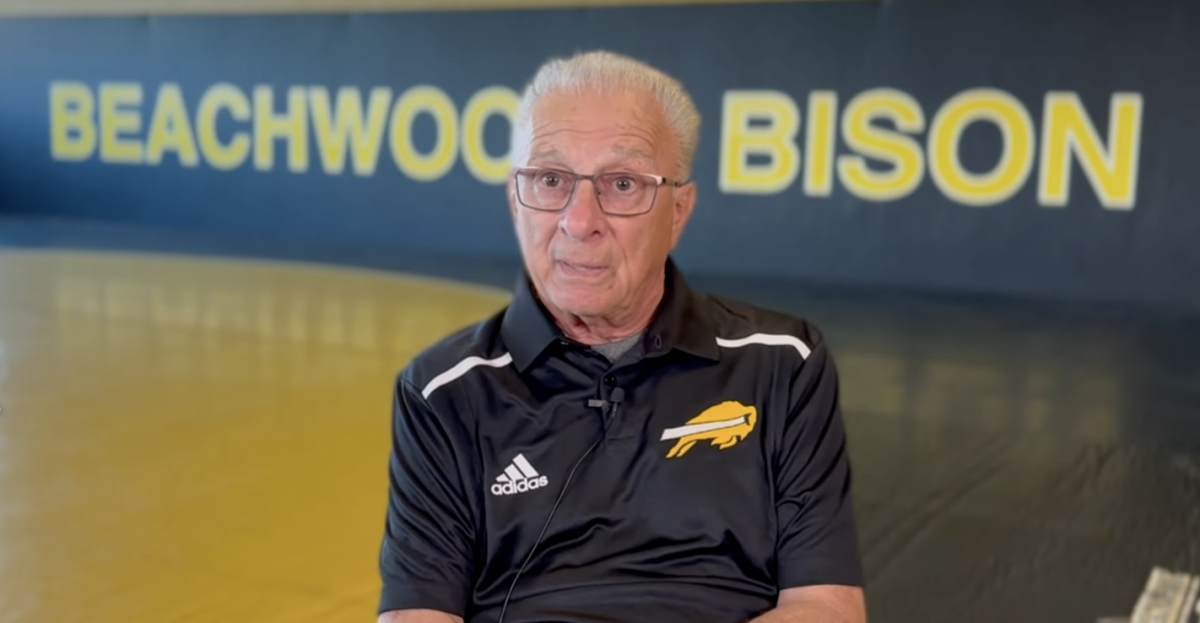The possibility of terminating Beachwood’s Deaf/Hard of Hearing (D/HH) program has caused a surge of worries for parents, students and staff members.
The Beachwood D/HH program is a consortium of 29 districts in the area, and is made up of 26 students. While it has been serving Beachwood students for 30 years, only one current student is a Beachwood resident.
Total communication, the approach used by the program, teaches both sign language and speech. This is also the only total communication program in Cuyahoga County.
The family of one incoming preschooler recently moved across the country to enter the program.
“If you’d asked me a month ago…I [would have said] the program will last maybe three or four more years,” said Superintendent Richard Markwardt. “We should probably plan for another two years because our numbers are going down quickly enough that I don’t think we can plan on it lasting more than two years.”
The number of students have dropped from around 40 to 26 students in the last few years. As the numbers decline, the cost per pupil rises. Currently, the cost per student in the program has risen from $37,000 to $50,000. Beachwood only pays for the student who lives in the district, and this is the only student whose test scores are counted on Beachwood’s report card data.
One reason the program may be closed is the financial burden it places on all the districts in the consortium. “Beachwood’s current D/HH program poses challenges for districts sending students to participate,” said Markwardt.
Another problem with the decline of students is that they can’t run a class with too few students. The classes can’t run with fewer than three students, which has led to problems with the program in the preschool remaining open.
“We’re trying to figure out if it’s just a trend, or if there are other factors that may be influencing the decrease in the number of students” said Lauren Broderick, Director of Pupil Services.
Many students move in and out of the program for many reasons such as a parent’s job, the preference of the student or each student’s Individual Educational Plan (IEP) team’s decision on the best form of communication.
Other than Beachwood’s program, the children may be sent to other schools such as Millridge, the Ohio School for the Deaf, or sent back to their home district.
The Ohio School for the Deaf offers a program similar to Beachwood’s. Signing is the primary source of communication at that school. The difference is that the OSD is a residential school.
There are pros and cons to each program, such as in Millridge. Millridge is an oral program, meaning that students aren’t allowed to sign and instead learn speech as a primary form of communication.
Beachwood’s program is a good fit for some students, but not all. “I’ve seen kids who don’t do well at Beachwood, but who do very well at Milleridge and vice versa,” explained Laurie Silver, parent of a 7-year-old in Beachwood’s program.
“The program will not shut down unless there’s another total communication option available that would give the same or better services,” said Broderick.
Casey Peck, a ninth grader from Mentor, created a blog to explain the importance of the program. She answers questions regarding the program, and posts comments from the other deaf kids in the district.
“The program is really important for young D/HH students,” wrote Peck, who is currently participating in the program.
She went on to explain how the program helps deaf students catch up to their hearing peers, working them hard in the early stages to develop communication skills. “[They] start late- so this program is really important for young children to catch up,” wrote Peck. “I was four, I didn’t know [how to sign or speak]. When I was seven, I was in regular classes with my hearing peers, and I was really good at ASL and talking. That is because of this program.”
This is a common feeling among people involved in Beachwood’s program. Ken Bain, a parent of a 2001 graduate said that his daughter “learned her language” and further explained that, “when [his daughter] speaks it’s like a hearing person. It gave her confidence.”
According to many parents and students, the program has been very valuable by giving students access to both speech and signing.
“[The program] also affords them the opportunity to be surrounded by an unusually supportive community of students and adults,” Silver said. “Specifically, the D/HH program is home to deaf educators and interpreters who are dedicated to teaching our children in both ASL and English in order to make sure that they have the best education possible, and to ensure that these students are fluent in their primary language of ASL.”
A closed Facebook group was created by resident interpreter Pam Kiner called “Save the Beachwood School Deaf/Hard of Hearing Program!!” to inform the parents of what was going on in the program. Soon, the group exploded to 1458 members.
Silver explained, “nobody is trying to bash Beachwood,” but instead trying to think of ways for people to get involved and save the program. One member of the group, Kate Solosar, created a petition to keep the program running. She is close to meeting her goal of reaching 500 signatures.
Currently, the D/HH program is still accepting referrals and administrators are hoping that enrollment increases.
Markwardt stressed that Beachwood’s priority is to the students from all the districts. He will continue to meet with the parents to try to figure out the best possible outcome. “The biggest thing to remember is that there hasn’t been a decision yet made on [the program’s] future,” said Markwardt.






